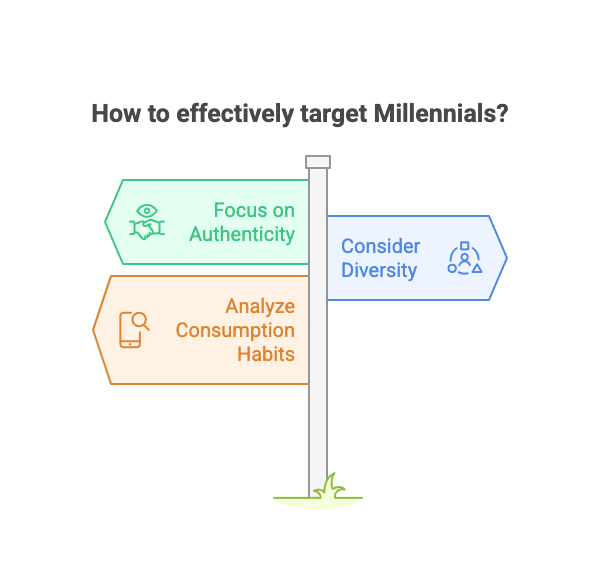An unmarried CEO with a six-figure salary. A recently-arrived immigrant who’s still getting on their feet. A stay-at-home dad whose wife is the primary breadwinner for their family. A service industry worker struggling to make ends meet. What do all of these individuals have in common?
They’re all Millennials.
You’ve doubtless heard the buzz already. As of 2018, millennials in the United States alone have the most spending power of any generation, worth $200 billion. The men and women who are both giving rise to new industries, and killing old ones, are the ones to target.
However, there’s one obvious problem with this idea. Furthermore, it’s a trap that far too many businesses are mistakenly falling into with their marketing. The term “Millennial” isn’t a demographic. Rather, it’s more of a descriptor.
LConsider this. For example, imagine you’re trying to market a product. However, the only thing you know is that 60-year-olds like it. While you could certainly develop some shallow content based on generation alone, your marketing cannot and will not be effective or impactful without more information.
Knowing someone is a Millennial tells you very little about their interests. It tells you nothing about their income bracket, cultural background, or career. It tells you nothing about the kind of content that will resonate with them outside of very basic details.

Millennials value authenticity.
They enjoy authentic, easily-digestible content. They tend to be socially-responsible and digitally-savvy. That’s a good foundation, sure.
It’s important to know how, where, and why your audience consumes content. But given that Millennials are the most diverse generation in history, this bare minimum understanding is not enough. You cannot treat millennials as a single market segment.
“When a brand tells me it wants to target Millennials with a new campaign, I have to ask: which group of millennials are you after?,” writes Paul Jankowski, founder and chief strategist of consumer engagement agency New Heartland Group. “Saying you want to target millennials is like saying you want to target vehicle owners…
The woman driving an extended SUV in the Louisville suburbs is vastly different from the man driving the compact sedan in Chicago. Their buying choices, requirements and preferences are influenced by values and location. This goes for all market segments, including Millennials.”
In short, if your brand wants to market to Millennials, you need to be granular in your approach. You need to understand that “Millennial” is nothing but a starting point.




